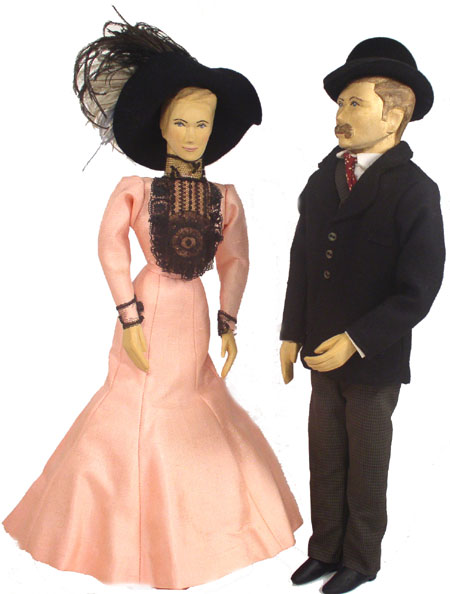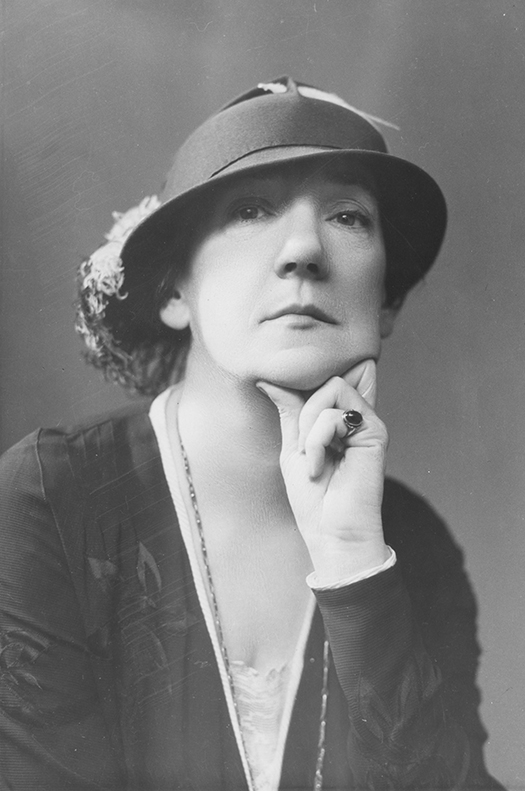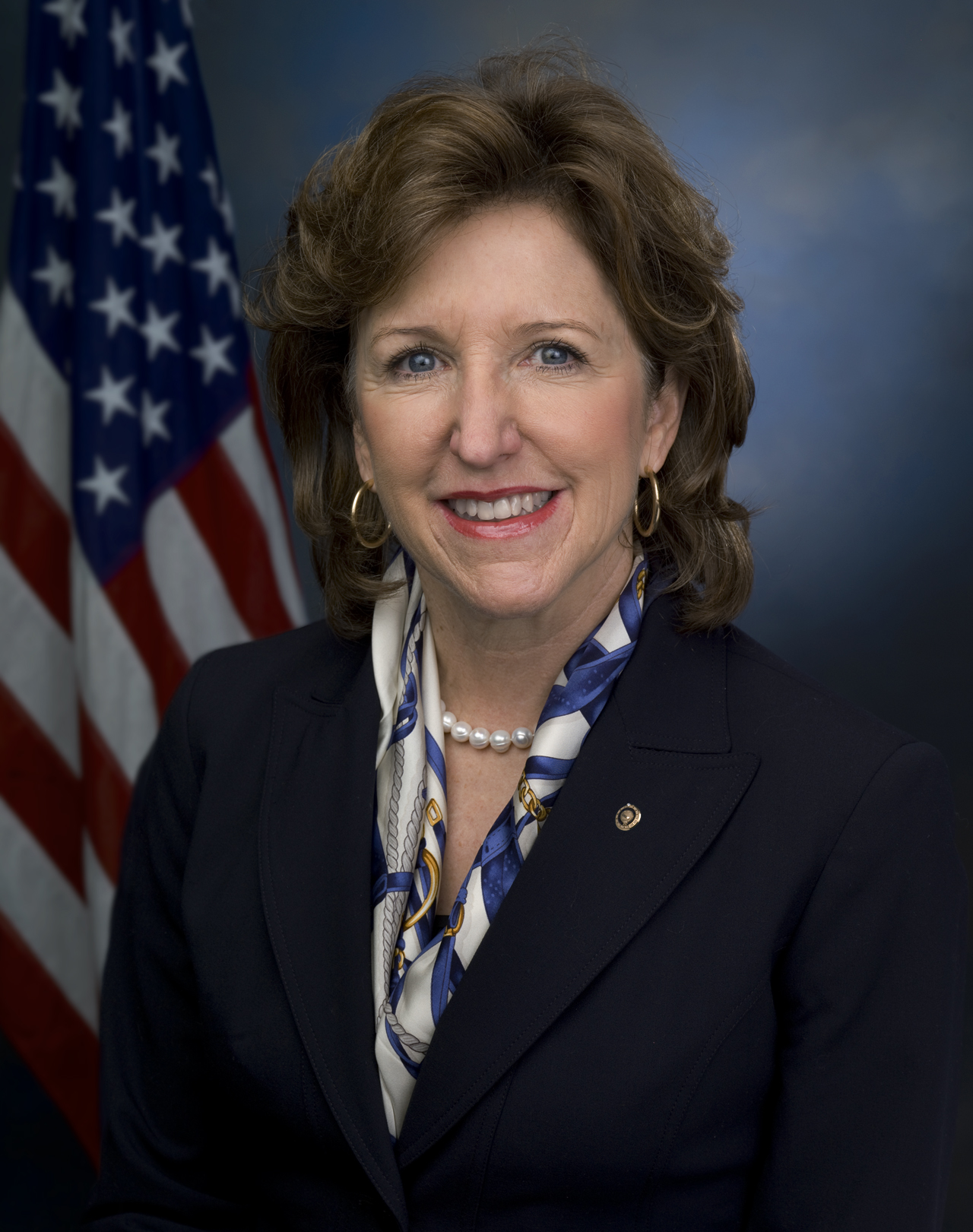 |
| George Darden |
The Martha Blakeney Hodges Special Collections and University Archives at The University of North Carolina at Greensboro (UNCG) is pleased to announce the donation of an extensive opera and piano music collection by the distinguished pianist and conductor, George Darden. The new George Darden Music Collection enhances the University Libraries’ support of student learning in the School of Music, Theatre, and Dance, and provides an exceptional archival music resource to researchers worldwide. It includes nearly 200 annotated scores, 22 monographs, and an impressive collection of signed photographs and tear sheets from the Metropolitan Opera.
George Darden’s 1963 debut featured a solo piano performance with the Savannah Symphony. After studying under pianist, Carlisle Floyd, and mezzo-soprano, Elena Nikolaidi, at Florida State University, Darden established himself in the Texas Opera Theatre and the Houston Grand Opera in major projections such as
Il Barbiere di Sivilia and
Of Mice and Men. In 1985, he began his collaboration with the Metropolitan Opera, providing piano and music preparation for major works by Mozart, Verdi, and Rossini. Darden is acclaimed as the authority in productions of
Porgy and Bess, having directed the musical preparation for 165 performances.
George Darden’s reputation for expertise in piano and vocal music preparation contributed to his collaboration with the biggest names in opera. He has been heard as the piano behind some of the most famous performances by soprano Renée Fleming, including Carlisle Floyd’s
Susannah, Dvorak’s
Rusalka, and Massenet’s
Manon. Additionally, he accompanied such celebrated vocalists as Marilyn Horne, Kiri Te Kanawa, and Sir Thomas Allen. George Darden’s friend, Plácido Domingo, has said, “If I was singing or conducting, I always hear in your playing the weight, feeling, and colors from the orchestra.”
The George Darden Collection is marked by its documentation of these artistic collaborations, featuring the original, thoroughly annotated scores employed for the productions. Notable items include Darden’s annotated copies of
Porgy and Bess and
Of Mice and Men. In addition to the performance notes, many of the scores and books are signed by the stars of the productions, such as a cast-signed score of
Fledermaus and a collection of specially bound works of Carlisle Floyd, many of which are inscribed by Floyd to Darden.
Mr. Darden retired from the Metropolitan Opera in 2006, having been credited with musical preparation for five operas televised on PBS’s Emmy Award-winning
The Metropolitan Presents series. He is recorded on several labels, including RCA. George Darden was awarded South Carolina’s Order of the Palmetto, the state’s highest civilian award for lifetime service to the state and nation, in 2000. This award is included with the collection, as well as a framed photograph of Darden receiving the award from South Carolina governor Jim Hodges.
Among the most visually stunning items within the collection are a series of performance photographs, signed tear sheets, and letters framed in gilt, chronicling George Darden’s performance history while at the Met. Displayed within this portion of the collection are the official Metropolitan Opera performance photographs with opening night tear sheets, frequently signed by the stars of the production. Prominent gems are a framed and signed photograph of Sergei Rachmaninov, and a signed photograph and manuscript piece by Frtiz Kreisler. Included among the framed material is a group portrait from the 10th Anniversary Gala for the National Endowment of the Arts signed from Lady Bird Johnson to George Darden.
“Given Mr. Darden’s association with numerous universities and production companies nationally, as well as his distinguished career internationally, we are deeply honored by Mr. Darden’s selection of The University of North Carolina at Greensboro as the official repository of his archive,” says Dean of the University Libraries Rosann Bazirjian.
The George Darden Collection at UNCG further expands the Special Collections and University Archives rich collection in the performing arts, joining such noted music collections as the
Harold Schiffman Archive, the
Egon Wellesz Contemporary Music Collection, and the
Cello Music Archive.
 Student exhibits covered a number of issues relevant during the time period, from changing dress code regulations to the move to co-education to student views on the Vietnam War. Oral history interviews conducted during the development of the exhibit will be donated to University Archives and added to our large collection of interviews documenting the history of UNCG.
Student exhibits covered a number of issues relevant during the time period, from changing dress code regulations to the move to co-education to student views on the Vietnam War. Oral history interviews conducted during the development of the exhibit will be donated to University Archives and added to our large collection of interviews documenting the history of UNCG. The "Everyday Change" exhibit will remain in the Hodges Reading Room through January 6, and is available for viewing whenever SCUA is open (Monday-Friday from 9am to 5pm, excluding Winter Break - December 21-January 1).
The "Everyday Change" exhibit will remain in the Hodges Reading Room through January 6, and is available for viewing whenever SCUA is open (Monday-Friday from 9am to 5pm, excluding Winter Break - December 21-January 1).
































